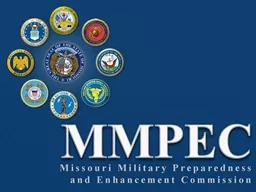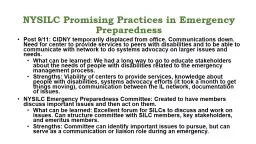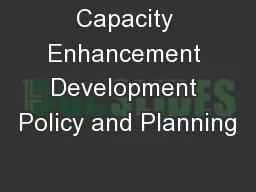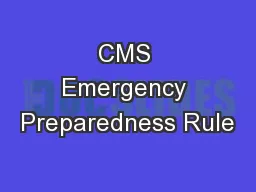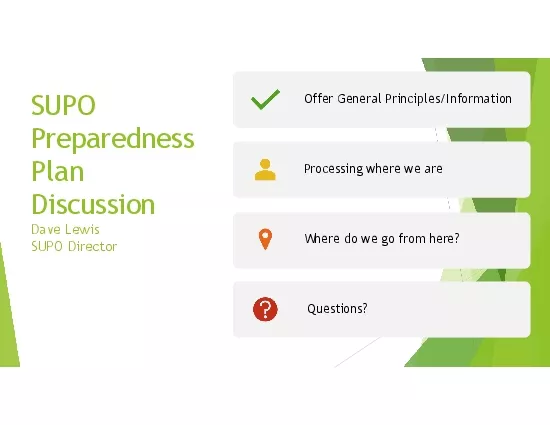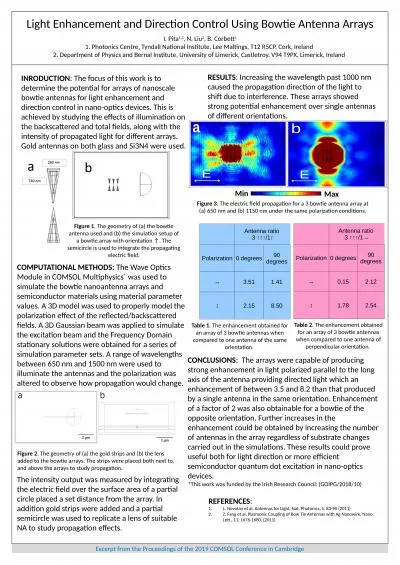PPT-The Missouri Military Preparedness and Enhancement Commission (MMPEC)
Author : lindy-dunigan | Published Date : 2018-03-10
was created with passage of Senate Bill 252 and House Bill 348 in 2005 The Commissions duties and responsibilities were expanded with the passage of House Bill 1678
Presentation Embed Code
Download Presentation
Download Presentation The PPT/PDF document "The Missouri Military Preparedness and E..." is the property of its rightful owner. Permission is granted to download and print the materials on this website for personal, non-commercial use only, and to display it on your personal computer provided you do not modify the materials and that you retain all copyright notices contained in the materials. By downloading content from our website, you accept the terms of this agreement.
The Missouri Military Preparedness and Enhancement Commission (MMPEC): Transcript
Download Rules Of Document
"The Missouri Military Preparedness and Enhancement Commission (MMPEC)"The content belongs to its owner. You may download and print it for personal use, without modification, and keep all copyright notices. By downloading, you agree to these terms.
Related Documents

